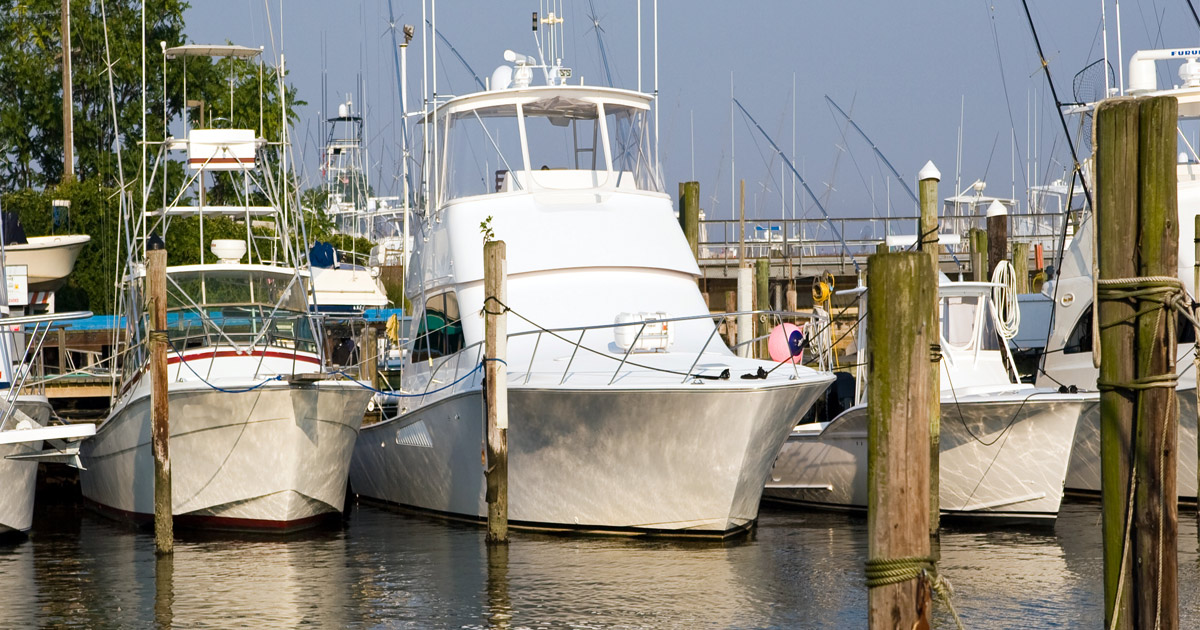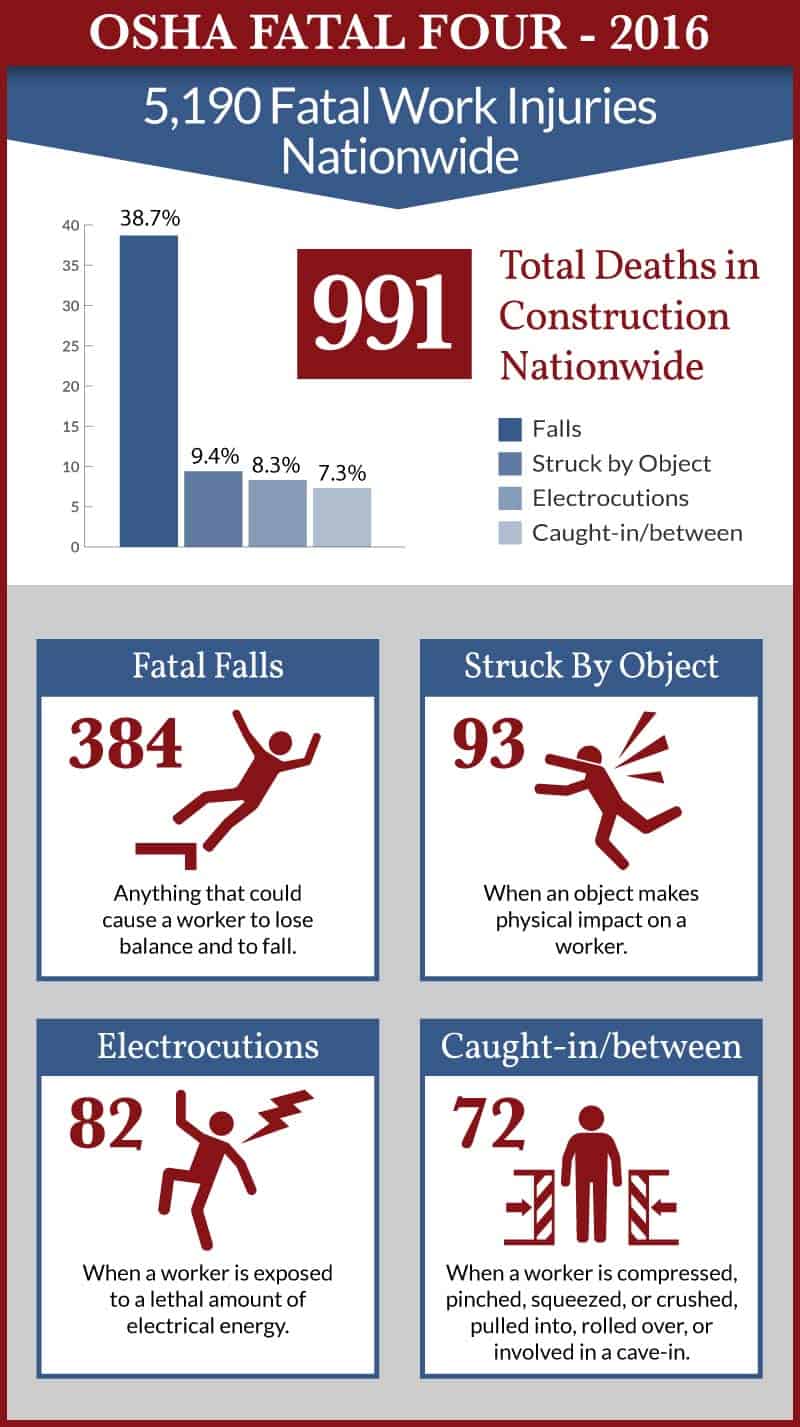How Can I Keep My Boat Safe During the Summer?

Each year, boaters prepare their vessels for seasonal activities. This relies on the specific type, design, and age of the boat. Yet, there are fundamental tasks that apply and paying careful attention will protect the value and aesthetic of the boat and ensure that it is functioning safely. Salty air and extreme temperature changes over time can lead to the dry rot of hoses and other rubber parts. Fuel can also breakdown and moisture can corrode metal parts. A motor-driven boat is a significant investment. Similar to a car, it requires regular maintenance and periodic inspections of vital systems to make sure it can run reliably and safely.
Boats are in constant contact with water. This added challenge increases the risk of mechanical failure and cosmetic damage. Risks are even greater when the boat is exposed to saltwater, which is more likely to cause both surface damage and mechanical issues over time. Owners can take care of some or all of the required general maintenance. Someone unfamiliar with boat engines or in the learning phase of boating should hire a certified engine technician; electrical work should always be reserved for a professional electrician.
What Should I Inspect?
Preventing corrosion and related damage is far easier and less expensive than repairing it. Protect surfaces with appropriate products and carefully examine all exterior surfaces of the boat. Look for displaced caulk, water trails, and corrosion, which are signs of leaks. Overall cleaning is recommended for the topside and deck. Apply protective wax/polymer treatments as appropriate to protect surfaces against water and sun damage. Be sure to avoid applying wax or slippery products to areas that require traction, such as skid-proof surfaces.
Inspect the exterior of the hull to check for rust, cracks, blisters, and distortions. Regular cleaning, rustproofing, and painting the hull’s metal surface will help defer corrosion. Scrape, sand, and repaint the bottom of the hull with appropriate rust prevention products and anti-fouling paint regularly. This protects the condition of the boat and improves speed and fuel efficiency.
What Mechanical Components Should be Examined?
The first step in the process of maintenance and repair is to assess the situation. Inspecting the boat will give the owner an idea of what will be needed to make it seaworthy. The longer a boat has been in storage, the more time, money, and effort will be needed to maintain it. It is recommended to inspect the following systems:
- Fuel system: Inspect the fuel tank surface, connections, and hoses.
- Engine: Inspect the belts, cables, and note any swelling on the outer jacket of the throttle. Check the condition of the spark plug, seals, and water pump, and note fluid levels for engine oil and coolant.
- Propulsion: Inspect the propeller for cracks, pitting, distortion, and dings. Check the bearings to ensure the propeller is securely attached.
Other mechanical issues on the boat that need to be examined and potentially repaired or replaced include exhaust manifolds, air filters, bilge pumps, connections, gauges, water drains, and seacocks. What is found during inspection guides how the boat is to be serviced. Some findings that will need action include the following:
- Fuel hoses that are brittle, soft, or cracking
- Belts that are lose fitting, show cracks, or leave black residue on pulleys
- Exhaust manifolds showing evidence of seepage or corrosion
- Air filters that are clogged, dirty, or damaged
- Seacocks that do not freely open and close
- Clamps and fittings that are lose
- Cracked gaskets
When Should I Check Fluid Levels?
It is important to change out engine oil; this needs to be done every six months or every 375 boating miles. Check levels of transmission oil, coolant, and hydraulic steering fluid, and change the transmission oil once every 24 months or after 2,000 operational hours. Flush the cooling system every 72 months or after 6,000 hours of operation. Inspect all of these systems regularly, top fluids off if they are low, and change them out if they are discolored or contain debris.
Fuel often contains a blend of gasoline and ethanol, which acts as a solvent and pulls moisture from the outside air into the fuel tank. The ethanol can dissolve debris attached to the gas tank lining, which can get into the engine. If it is not possible to avoid blended fuel, be sure the blend contains less than 10 percent ethanol. Another idea is to add a stabilizer to the fuel system and install a 10-micron fuel filter. This can remove debris before it reaches the engine, and must be replaced annually or every 100 hours, whichever comes first.
What Should be Examined in the Electrical System?
Check the condition of the battery to be sure it can adequately hold a charge. Batteries more than four years old should be replaced. Check the terminals for corrosion and clean them with a wire brush to ensure a good connection with the battery. Finish with a spray of a corrosion inhibitor and inspect other electrical cables, connections, wiring, test fuses, and light bulbs. These parts should be replaced, if necessary.
Once the mechanical, electrical, and cosmetic issues are taken care of before setting sail, be sure to attend to two additional details. First, be sure that the boat is properly registered and marked. States may vary, but failure to meet these requirements could result in being issued citations later. Second, check the type and condition of safety equipment.
What Safety Measures Should be Practiced?
Be sure all mandatory safety equipment is on board and in good working order. The U.S. Coast Guard (USCG) mandates minimum requirements for the type and number of life jackets. Inspect life jackets to be sure that they have not been compromised during storage. Mold, mildew, and water can render a life jacket unusable, as can leave tears in the fabric. Damaged life jackets should be replaced with an adequate number of USCG-compliant life jackets; these are tailored to a person’s size and weight. Adult life jackets are useless for children and vice versa.
Fire extinguishers are important safety devices to have on board. These need to be adequately charged and properly placed to be effective. Similarly, carbon monoxide detectors should be installed in enclosed or partially enclosed areas of the boat.
An Emergency Position Indicating Radio Beacon (EPIRB), which is a portable battery powered radio transmitter, is useful for boaters who may be lost at sea. It is activated in an emergency and transmits a continuous radio signal used by search and rescue teams to locate the boat and provide aid. Satellites operated by an international consortium of rescue service providers (COSPAS-SARSAT) detect the signal.Bottom of Form
If a passenger or boater is injured while on the water, it is important to contact a maritime lawyer who can determine if the injured client is entitled to necessary compensation for injuries that occurred onboard.
Cape May Maritime Lawyers at Freedman & Lorry, P.C. Protect Victims Injured by Negligent Parties
Recreational boating is an amazing hobby and a wonderful way for friends and families to bond. Throughout the summer, be sure to know maritime rules and have your boat in good working order. If you are injured in a boating accident, one of our experienced Cape May maritime lawyers at Freedman & Lorry, P.C. can assist you in understanding your rights and responsibilities. Call us at 888-999-1962 or complete an online form for a free consultation. Located in Philadelphia, Cherry Hill, New Jersey, and Pinehurst, North Carolina, we serve clients throughout South Jersey, including Cape May and Wildwood.
